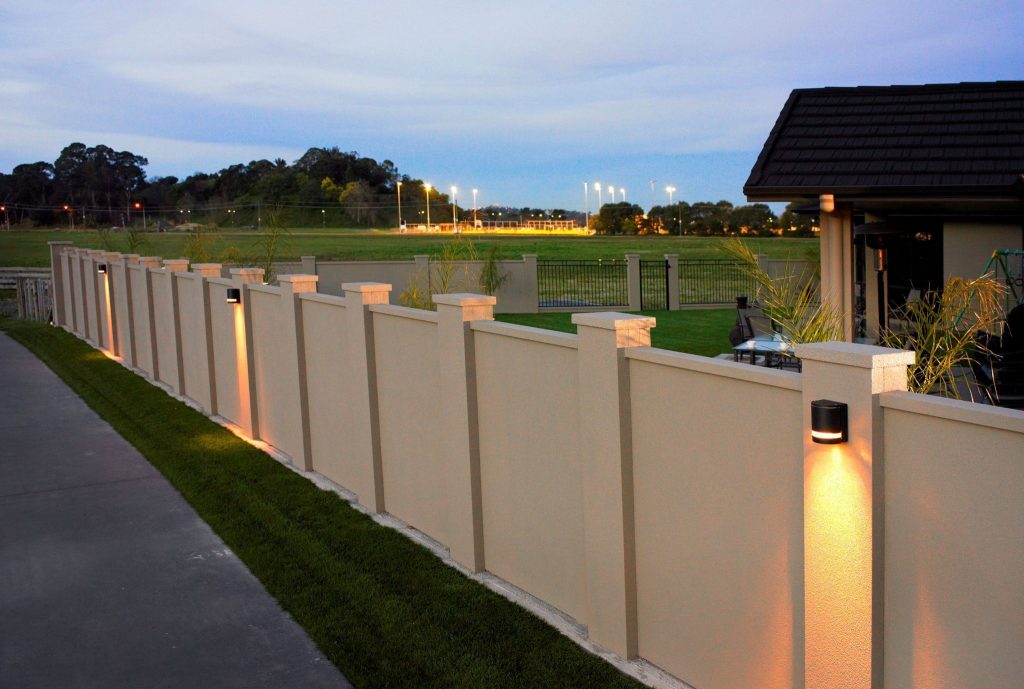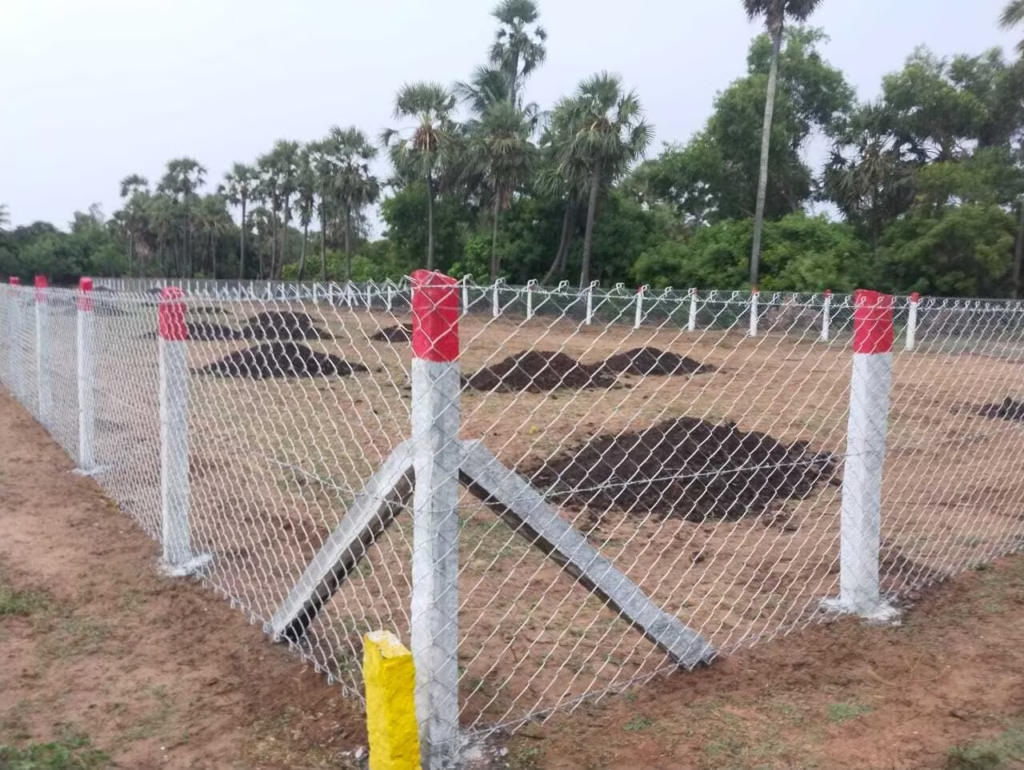Compound Wall for Home or Building
A compound wall serves to delimit your home or building, ensures privacy and protection. Thus the primary purpose of a wall is security. It prevents trespassers from moving into your property and restricts entry into your personal space. The contemporary houses today are independent units using more transparent elements like glass windows and more open spaces to improve their aesthetic appeal. Therefore it is inevitable for them to have compound walls.
Compound walls allow private properties to veil themselves from the road, in terms of visibility, dust and noise pollution. Moreover, it is important to shield the ground floor of a house from the street and therefore the front fence should be of a height that fulfills this purpose.
Types of Compound Wall
- Masonary
- Precast
- Plinth
- Garden Fence
Masonary
Masonary compound walls are typically constructed using red clay bricks / Fly ash bricks, steel and cement mortar. Construction of compound wall start from 2 ft. below ground level so that the wall will get proper anchorage. After curing the masonry wall, we can apply cement plaster on both the sides of wall and finally paint is applied. For Individual House Construction, the height of the masonry compound wall is usually between 5-6 feet and the thickness is usually 150mm (6 inches).


Precast
Precast walls are usually made of steel and concrete. Precast walls are used in various places as their installation is quick and easy. In addition, we can complete the whole process of installation in a short span of time. Despite their facile installation, the strength and stability of walls can be a major concern. Therefore, we need to ensure to provide proper foundation to the structure and the walls.
Plinth beam
The full masonry wall construction is stopped and plinth level. This is an effective solution to ensure the boundaries are clearly marked to prevent unnoticed encroachments with regular monitoring


Garden Fence
This is the most cost-effective solution for securing the perimeter with metal or concrete poles holding the chain-link mesh. This is primarily done to cover a large area. This requires regular maintenance since the mesh can loosen up over time.
Pricing
- Masonary Compound Wall - Rs 1400 per running feet
- Precast Compound Wall - Rs 600 per running feet
- Plinth Beam - Rs 700 per running feet
- Garden Fencing Wall - Rs 400 per running feet
